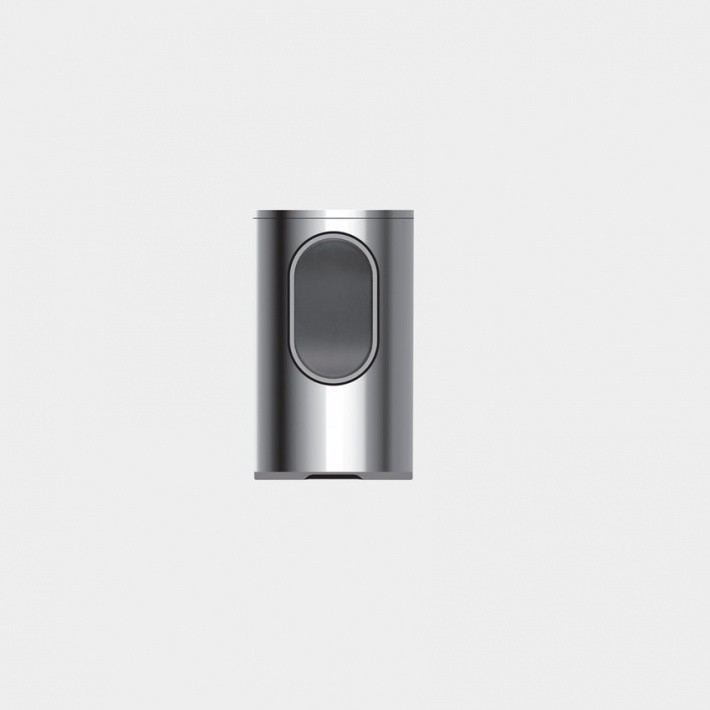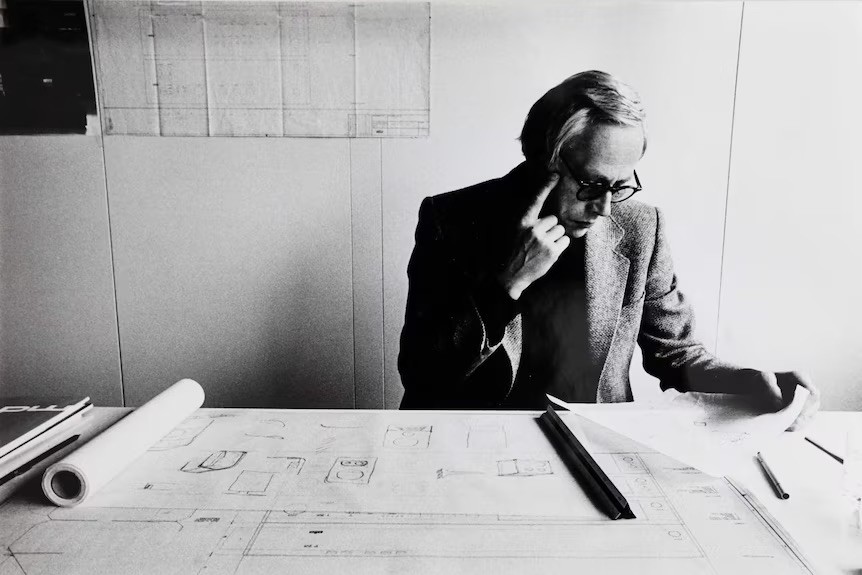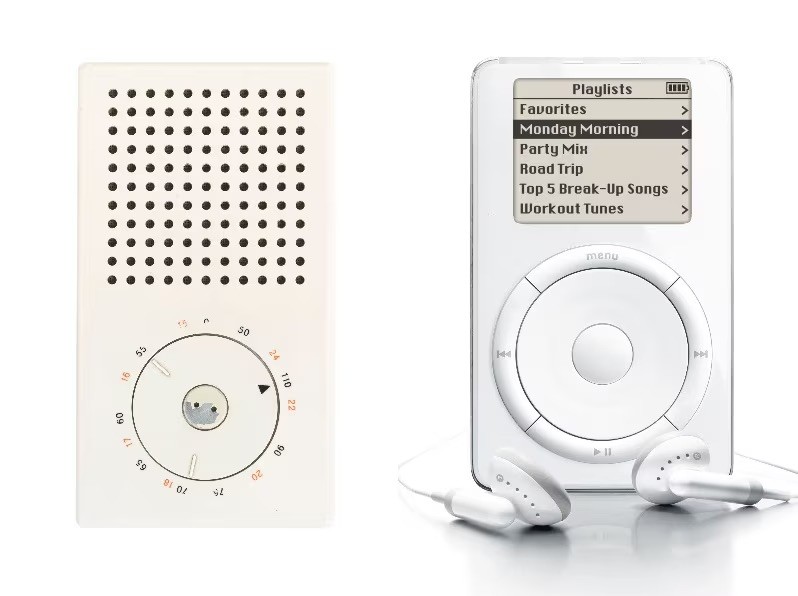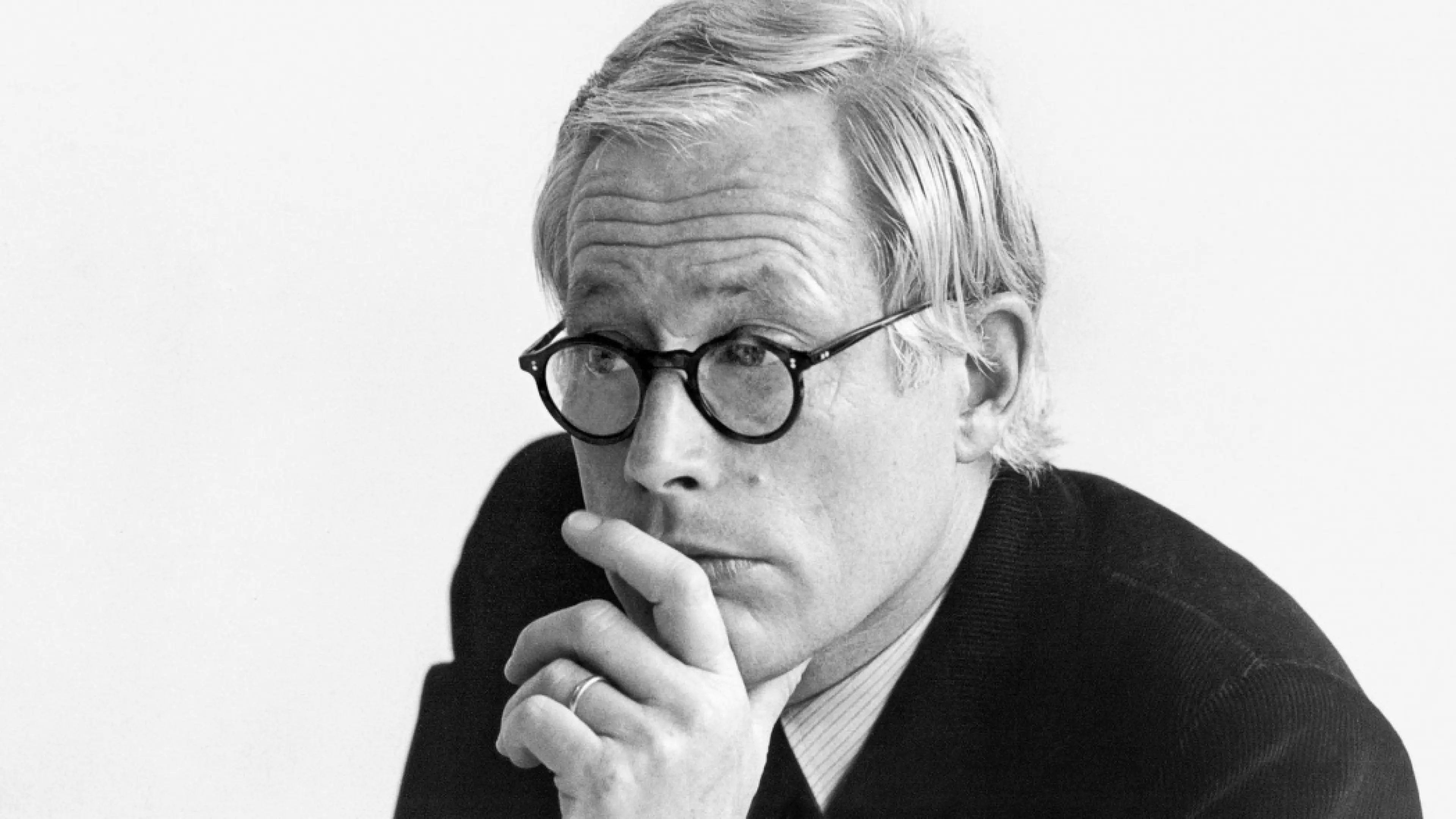In a world burdened by waste and consumer culture, Dieter Rams' famous 1976 speech formed the basis of a design philosophy that still resonates today. His 10 principles of good design, from "design is innovative" to "design is as little design as possible," serve as 10 heuristics or rules of thumb that guide industrial designers and those in the digital realm towards creating products that are not only beautiful but truly useful.

These principles underscore that "less is more," encouraging the integration of elements into our designs that reflect the state of the world while providing room for the user’s self-expression.
Rams’ 10 principles challenge both consumers and designers to reconsider their approach to design, advocating for products that are honest, unobtrusive, and long-lasting. By asking, “is my design innovative?”, “does my design allow for self-expression?”, and ensuring the product clarifies the product’s structure, Rams encourages a thoughtful design process that ultimately leads to products that stand the test of time and leave a minimal footprint on our environment.
This timeless wisdom underpins the idea that good design is not just about how a product looks, but how it fulfills its purpose and fits into our lives.
1. Design Is Innovative
Good design always concentrates on the essential aspects of a product, making sure it is not burdened with non-essentials. This focus on innovation ensures that the design remains functional and relevant, adapting to the changing needs of users without adding unnecessary complexity.

The Role of Innovation in Meeting New Requirements
Innovation in design plays a critical role in meeting the ever-evolving requirements of users and technology. By concentrating on what is truly necessary, designers can create solutions that not only meet current needs but are also adaptable to future changes, ensuring the longevity and usefulness of a product.
2. Design Is Aesthetic
The aesthetic quality of a product is integral to its usefulness because well-executed objects can improve the well-being of a person. Good design combines form and function to create products that are not only beautiful but also serve a purpose.

The Importance of Aesthetic Quality in Design
Aesthetic quality in design is not just about making things look pretty; it's integral to a product's usefulness. Well-executed objects contribute to our well-being, enhancing our environment and our interaction with the items we use every day.
3. Design Is Unobtrusive
Good design is neutral and restrained, allowing the product to fit into the user's life without demanding attention. Products should serve a purpose, not become decorative objects that detract from their functionality.

Achieving Design that Complements Users' Needs
By concentrating on the essential aspects of a product and avoiding non-essentials, design becomes unobtrusive, seamlessly integrating into the user's life. This approach ensures that the product fulfills its intended purpose without overwhelming the user with unnecessary features or decorations.
4. Design Makes a Product Useful
Good design emphasizes the psychological and aesthetic usefulness of a product whilst disregarding anything that could possibly detract from it. Rams’ designs exemplify this principle, focusing on the user’s needs and experiences above all else.

Enhancing Product Usability through Design
The psychological and aesthetic aspects of design play a crucial role in making a product useful. By disregarding anything that could detract from a product's purpose, designers can create items that not only meet the user's needs but also enhance their overall experience.
5. Design Is Honest
Good design does not attempt to manipulate the consumer with promises that cannot be kept. It presents the product as it is, neither more powerful nor valuable than it truly is.

The Significance of Honesty in Design Communication
Honesty in design communication is crucial. It ensures that a product is presented truthfully, without attempting to manipulate the consumer with unattainable promises. This integrity builds trust between the product and the user.
6. Design Is Long-Lasting
Good design avoids being fashionable and therefore never appears antiquated. Unlike fashionable design, which caters to today's throwaway society, long-lasting design remains relevant and useful over time.

Fostering Sustainability with Timeless Design
The principle of "less is more" is central to creating sustainable, timeless design. By incorporating elements into our designs that adhere to the 10 heuristics or rules of thumb and the eight golden rules, designers can create products that withstand the test of time, both in functionality and style, contributing to a more sustainable world.
7. Design Makes a Product Understandable
Good design eliminates confusion by making the product's function clear. This clarity helps users understand how to use the product, enhancing their overall experience.

How Clarity Impacts the User Experience
Clarity in design clarifies the product’s structure and, at its best, makes the product self-explanatory. This not only enhances the user experience by making the product easier to use but also fosters a deeper connection between the product and its user, as understanding how something works is integral to appreciating its value.
8. Design Is Thorough Down to the Last Detail
Good design goes beyond just the big picture; it pays attention to the smallest of details. This dedication ensures that every aspect of the product contributes positively, avoiding physical and visual pollution. When designers who strived for excellence, like Dieter Rams, applied this principle, they made sure the design process showed respect for both the user and the environment.

This accuracy in the design process reflects a commitment to quality and functionality, which, in turn, enhances the user's interaction with electronic devices and contributes to the preservation of the environment by minimizing visual pollution throughout the lifecycle of the product.
The Impact of Detail-Oriented Design on User Experience
When a product is designed with meticulous attention to every detail, it creates a seamless and intuitive user experience. This approach reduces confusion and frustration by ensuring that users can interact with the product effortlessly. By focusing on the finer points, design reflects a deep understanding of user needs and preferences. It’s not just about making products that look good; it’s about crafting experiences that feel intuitive and are easy to navigate.
This level of care and precision builds trust and satisfaction among users, making them more likely to continue using the product and recommend it to others.
9. Design Is Environmentally-Friendly
Design that respects the environment is not just a choice; it's a necessity. Good design minimizes waste and reduces the environmental impact by choosing sustainable materials and processes. This principle aligns with the growing need for products that don't just serve the immediate needs of the user but also contribute to the preservation of our planet for future generations. It's about creating designs that are as kind to the earth as they are to the people using them.

Promoting Eco-Conscious Design Practices
Embracing environmentally-friendly design practices means thinking about the full lifecycle of a product, from creation to disposal. Designers are encouraged to use materials that are recyclable or biodegradable and to design products that are energy efficient.
This approach not only reduces the carbon footprint of products but also educates users about the importance of sustainability. By making eco-conscious choices, designers can lead the way in reducing physical and visual pollution, making the world a cleaner, greener place.
10. Design Is as Little Design as Possible
Less, but better. This principle champions simplicity and focuses on the essential aspects of a product, removing anything that doesn’t add value. By stripping away the unnecessary, designers can achieve a form of aesthetic design that allows for greater user's self-expression. This minimalist approach not only enhances the product's functionality but also its longevity, making it timeless.

Embracing Minimalism for Maximum Impact
Minimalism in design isn't about making things plain but about achieving clarity and simplicity through thoughtful reduction. This approach ensures that every element serves a purpose, enhancing both the product's usability and its aesthetic appeal. By focusing on what is truly necessary, designers can create products that are both beautiful and highly functional. This simplicity allows users to focus on what is important, enabling products to seamlessly integrate into their lives and reflect their personal style.
Beyond the Principles: Rams' Enduring Legacy
Dieter Rams, a German industrial designer, has left an indelible mark on the field of design. His principles of good design have influenced not just how products are made but how they are conceived. Rams, as the chief of design at a German electrical products company, showed that design must not regard dressing-up products with a last-minute garment.

Instead, his approach was largely rational, where every aesthetic decision was justified, embodying the role of a gestaltingenieur or creative engineer. His work, spanning electrical products and furniture, has set standards that continue to guide designers around the world.
The Global Influence of Dieter Rams' 10 Principles
The principles laid out by Dieter Rams have transcended borders, influencing designers and companies globally. His approach, which emphasizes sustainability, functionality, and simplicity, has become a cornerstone in the design of products and spaces. Rams’ philosophy teaches that good design is about more than just appearance; it's about how a product improves our lives while being mindful of its environmental impact. His legacy is a testament to the power of thoughtful design in creating a better world.
From Vitsoe to Apple: Tracing Rams' Design Impact
Dieter Rams' influence can be seen in the work of many modern companies, from Vitsoe, with whom he directly collaborated, to Apple, whose products reflect his design principles. Apple's emphasis on simplicity, functionality, and sustainability echoes Rams' belief in as little design as possible but as much as necessary.

This lineage of design philosophy shows how Rams’ ideas have shaped the aesthetic and functional aspects of today's consumer electronics, making them more user-friendly and environmentally responsible.
Practical Tips for Incorporating Rams' Philosophy
Incorporating Dieter Rams' design philosophy into your work involves more than just following a set of rules; it's about adopting a mindset that prioritizes simplicity, functionality, and sustainability. Start by critically assessing each element of your design, asking whether it serves a necessary function or could be simplified. Consider the environmental impact of your materials and processes, aiming for sustainability.

Remember, good design is as much about creating “an impenetrable confusion of forms” that meet today’s needs as it is about addressing the challenges of today’s throwaway society. By embracing these principles, designers can create products that are not only beautiful and functional but also responsible and sustainable.
Mastering Good Design: A Pathway to Innovation and Sustainability
Embracing Dieter Rams' design philosophy continues to influence how you approach design, leading to innovative solutions that stand the test of time and promote sustainability. By focusing on creating designs that are useful, honest, and as minimal as possible, you pave the way for products that not only meet the needs of users today but also contribute to a healthier environment tomorrow.
Mastery in good design, therefore, becomes a crucial factor in driving forward both innovation and sustainability, ensuring that the products of today do not become the waste of tomorrow.
